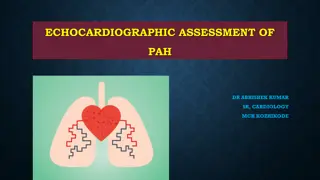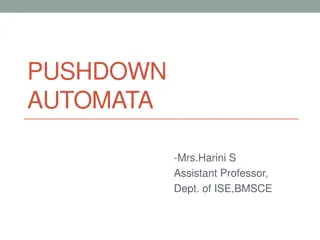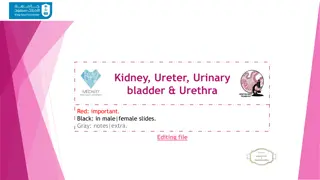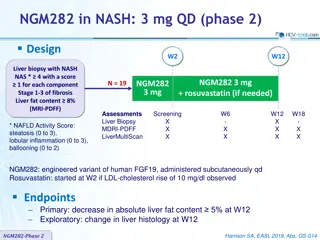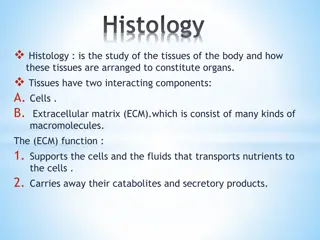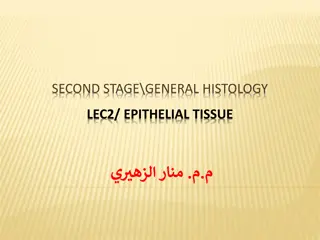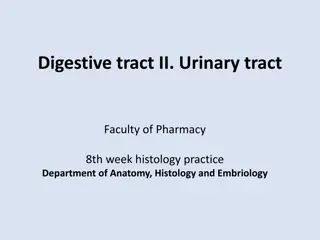
Desserts and Cardiac Conditions Overview
Explore a variety of delicious desserts alongside detailed insights into hemodynamic classifications of congenital heart defects like VSD, PDA, pulmonary hypertension, and bicuspid aortic valve issues. Understand the frequency of conditions like Eisenmenger syndrome within the context of sweet treats.
Download Presentation

Please find below an Image/Link to download the presentation.
The content on the website is provided AS IS for your information and personal use only. It may not be sold, licensed, or shared on other websites without obtaining consent from the author. If you encounter any issues during the download, it is possible that the publisher has removed the file from their server.
You are allowed to download the files provided on this website for personal or commercial use, subject to the condition that they are used lawfully. All files are the property of their respective owners.
The content on the website is provided AS IS for your information and personal use only. It may not be sold, licensed, or shared on other websites without obtaining consent from the author.
E N D
Presentation Transcript
DESSERT Dr Nair Anishkumar
Hemodynamic classification of VSD Restrictive- LVSP > RVSP pulm /aortic systolic pressure ratio < 0.3 Qp / Qs<1.4/1 Moderately restrictive RVSP high, but less than LVSP - Qp/Qs 1.4/2.2 Non restrictive - RVSP , LVSP, PA , Aortic systolic pressures equal Qp/Qs >2.2 Flow determined by PVR
PDA classification Large PDA - diameter than 1 of the proximal branch pulmonary arteries. Moderate PDA < diameter than 1 of the proximal branch pulmonary arteries with some degree of LA/LV dilation. Small PDA - no dilation of the left atrium or left ventricle.
PULMONARY HYPERTENSION HISTOLOGIC CLASSIFICATION
BAV Aortopathy The most common type, Associated with an older age at diagnosis (>50 years), valvular stenosis and the RL fusion pattern
BAV Aortopathy Frequently extending into the transverse aortic arch and RN fusion pattern
BAV Aortopathy Type 3 also called the root phenotype Associated with a younger age at diagnosis (<40 years), male sex, and aortic regurgitation This type ofbicuspid aortopathy is most likely to be associated with a genetic cause

